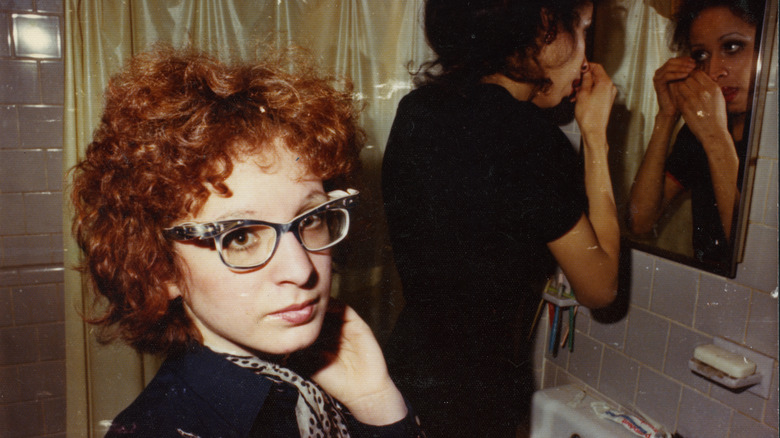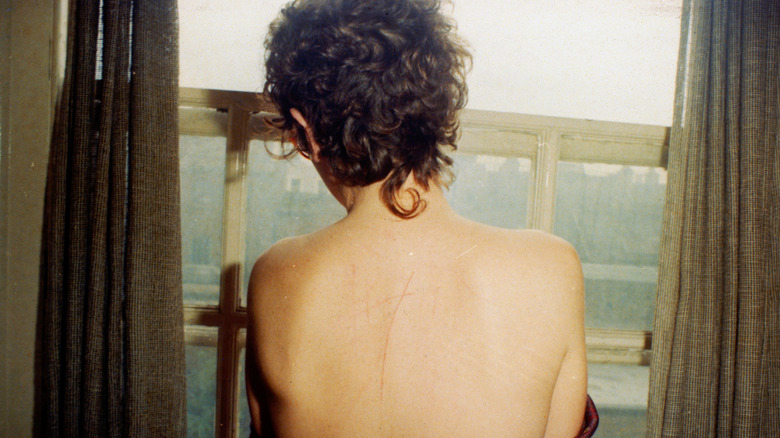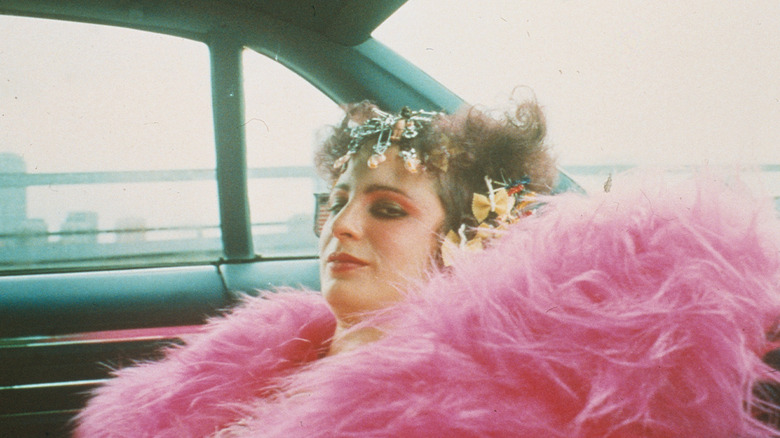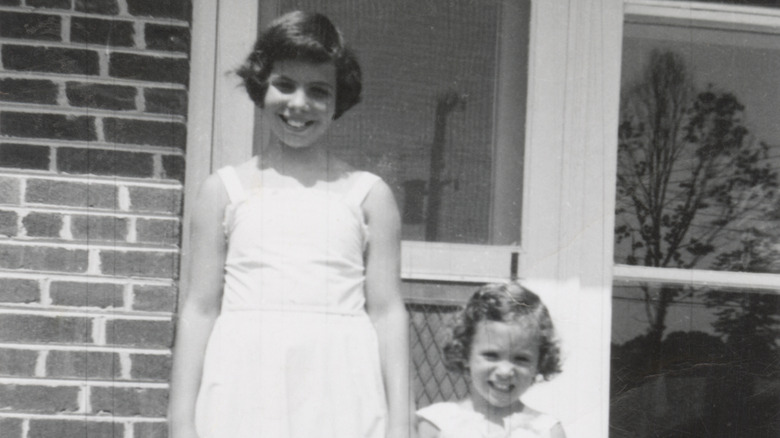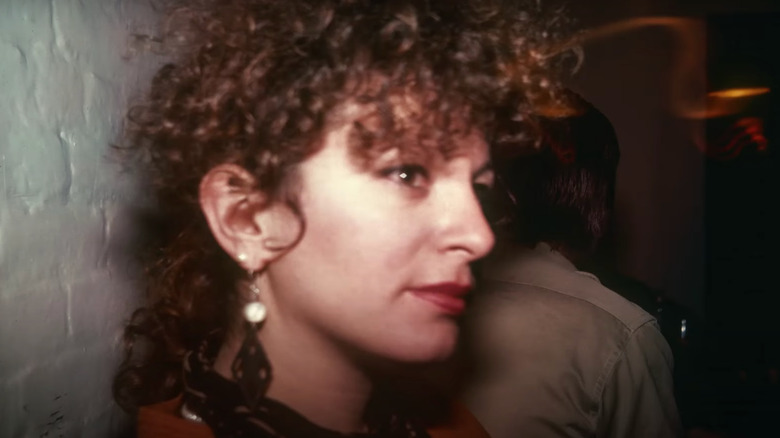All The Beauty And The Bloodshed Review: An Important Film About Outcasts And Activists
Life reveals itself to us in ways we would never expect when our worlds are just beginning to form. Childhood lessons often do not come into perspective until we have the wisdom to see them clearly, many years down the road. It is with this in mind that I reflect on the exquisite new documentary, "All The Beauty and the Bloodshed," which is at the same time a portrait of an artist on the fringes, an analysis of her early family life, and a biting indictment of everything the infamous Sackler family has destroyed in their quest to make opioids the number one pain treatment in America. Told in an unconventional way by an unconventional narrator who has seen and done more in her lifetime than most of us could ever hope, this stunning picture gives us a full, unflinching view into the lives of cultural and political pariahs, those whose identities are thrust upon them in an effort to define and dismantle their lives.
"All The Beauty and the Bloodshed" follows the story of celebrated American photographer Nan Goldin, who unbeknownst to most suffered through an opioid addiction in her recent past due to an injury that forced her onto pain medication and has since lived to tell the tale. In the aftermath of her tumultuous years-long entanglement with OxyContin, director Laura Poitras walks with Goldin down memory lane to revisit her life and work while contextualizing the artist's tooth-and-nail activist fight to bring down the Sackler family, the individuals at the very core of the narcotics crisis in the United States.
A story in chapters
Poitras tells Goldin's story in chapters, punctuated by long swaths of chronological discussion and imagery about her life and work as well as pivotal moments in her current journey to end the spoils of the opioid epidemic. Her photos, and the all-encompassing slideshows they live inside of, are pivotal to the overall tale of her life and work, not just as a photographer but as a human being who can connect through a variety of different outlets. These photographs show Goldin has always been a shepherd of outcasts, because she was always one herself, but in their juxtaposition to present-day footage, they also highlight that the true humanity of those outcasts never change.
In her youth, it was artist radicals of like mind, and in the winter of her life, it is those who have been irreparably touched by opioid addiction. "They don't know what we went through," Goldin says in the film, and it is achingly obvious that they—the normies, the government, the Sackler family—will never understand this kind of lived experience. It is both a curse and a blessing, because it brought Goldin here, where the world needs her capacity for truth and connection more than ever. This method of storytelling on Poitras' part makes for the kind of documentary it's impossible to pull yourself away from.
The darkest contrast
Despite it being the foundation of this documentary, Goldin doesn't talk at length about her own addiction in the way you might expect her to. In fact, the most insight we get into what that was like for her — aside from seeing different versions of her strung out through photographs — is when Poitras asks her about her overdose. Her response, during which she explains that she was alone and that when she regained consciousness during the episode with no external help, is accompanied by these dark photographs, ones that feel like the darkest of her works. They are landscapes and nature shots, subjects that are completely contrary to Goldin's usual portraits of life in motion. It's a stark, and maybe obvious, but warranted and, frankly, show-stopping directorial choice that really puts into perspective the care that was taken to tell Goldin's story.
Emotional bookends
Goldin and Poitras use a particularly effective framework to bookend the story in the way they've decided to tell it: the story of Goldin's older sister, Barbara, who died by suicide at 18 years old. Her late sibling was neglected by their parents and sent away from home in her early adolescence. She struggled with her sexuality, but even more, she struggled with her need for physical affection and care, the kind she didn't receive from her parents but gave to Goldin in her formative years. The film begins and ends with Barbara, and with Nan in relation to her.
Through her sister's story, Nan is able to fully articulate "the struggle between dependency and autonomy" by way of how it manifested in Barbara's life — but the artist is also able to highlight how that struggle was present many times throughout her life. In her own childhood rebellion in the footsteps of her sibling, in her relationships with men who tried to control her, throughout the AIDS crisis that claimed the lives of many of those who became her chosen family, in her twilight fight to hold the Sackler family accountable for their greed and destruction. Through Barbara, the will to continue, and to do it as boldly as could be, became possible for Goldin. "She showed me the way," the photographer says in the last few minutes of the film. The viewer feels that they are kindred spirits; It's impossible not to see that their short time together has lasted a lifetime within Goldin.
Releasing the secrets and the stigma
"The wrong things are kept secret and this destroys people." Goldin makes this statement in the film's final moments, a statement that is in reference to everything her sister had to hold inside with regards to her sexuality and her childhood needs—but there is a feeling that comes over the body as the viewer realizes that this is also the crux of addicts everywhere. Goldin, with Poitras' directorial hand as guidance, is able to put these two experiences back to back, almost like a parent would to two children to see who is taller. They are so kindred, these two experiences, that they can't help but shine a light on how dependency and autonomy form a tumultuous ebb and flow. Nothing short of a true-life triumph, "All The Beauty and the Bloodshed" is all at once the most important film about addicts, outcasts, and what makes each one—no matter their "sin" or the stigma—family. There is an understanding at the core of this documentary, one that says to the addicts and the ostracized alike, "I see you. I know you. I will not turn my back on you." The message is welcomed; In fact, it sounds like a new hymn.
/Film Rating: 8 out 10
